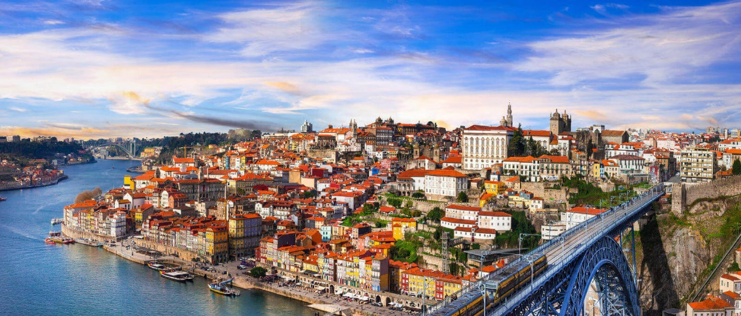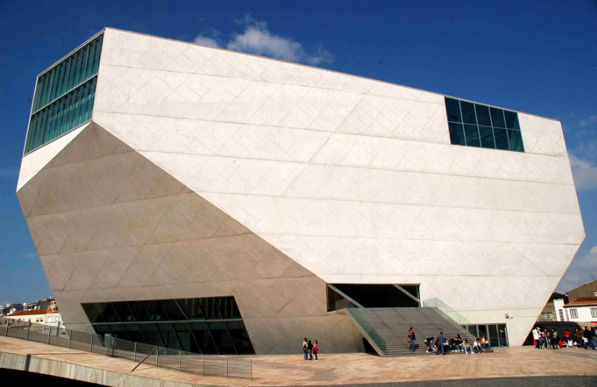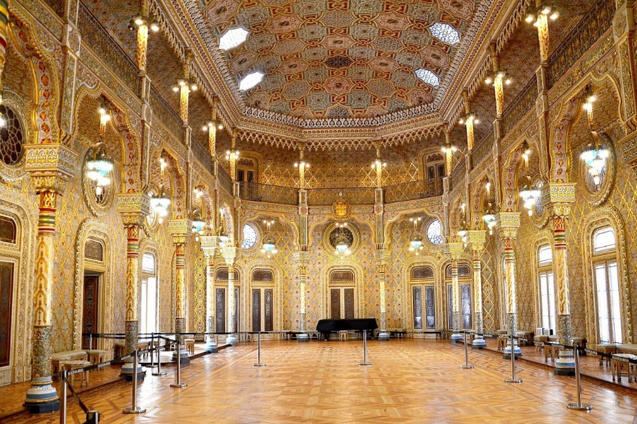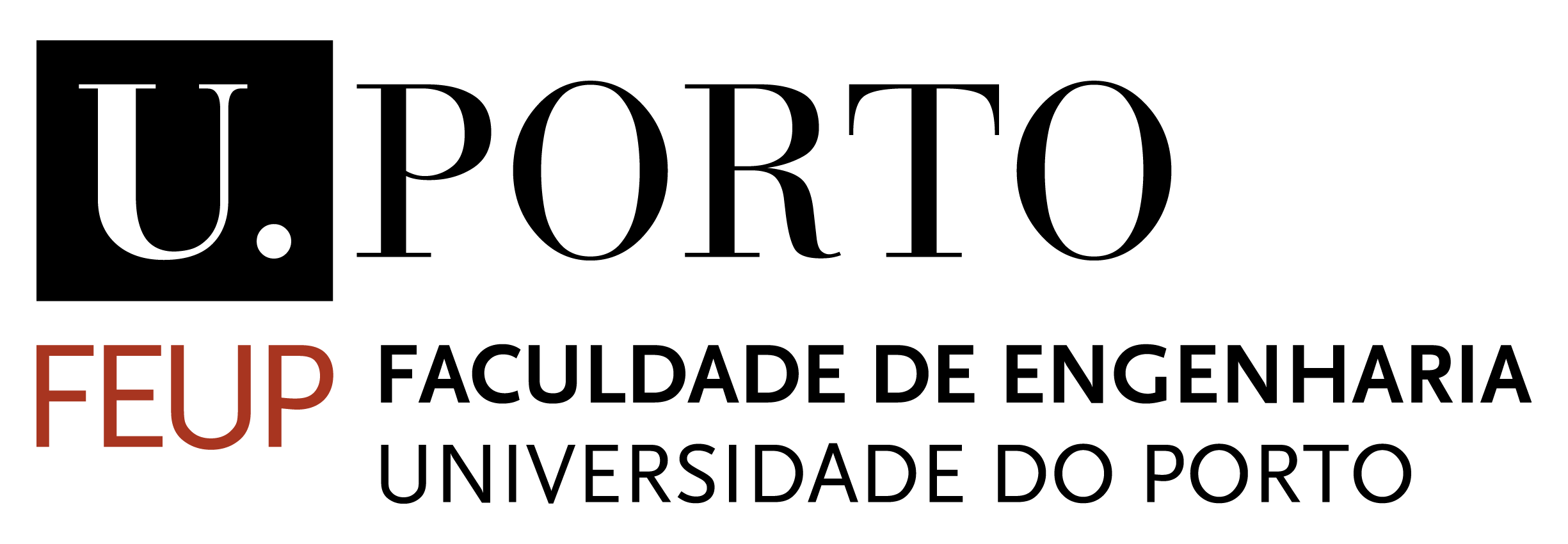Details / Registration / Program
Venue & Accommodations / Social Event / News & Updates
Porto is the second largest city in Portugal, Porto has more than 2000 years of history and is located 300 km North of the Portuguese capital (Lisbon).
As of December 2018, the famous travel platform “Culture Trip” has elected Porto as the best European destiny to be discovered in 2019, and the second-best city in the world to visit, just after Oaxaca City, in México. “Culture Trip” says that as the second-largest city in Portugal (after Lisbon, the capital), Porto is "a paradise by the river" whose discovery is a must, "for those who are obsessed with gastronomy and design". Referring to the splendid wine that originates in the Douro Demarcated Region, the “Culture Trip” platform also proposes a mandatory visit to the Port Wine cellars, in Gaia.

Before it meets the Atlantic Ocean, the charming Douro river separates both cities, Porto and Gaia, but six bridges tie them together. Two of those bridges are living historical monuments, bridge D. Maria Pia is a design of Gustave Eiffel and bridge D. Luís I is a major Porto-Gaia ex-libris and touristic attraction.
Porto is one of the most ancient European cities. It developed from the northern bank of this river during the Middle Ages. One of the most significant aspects of Porto and its historical centre is its landscape, combining harmony with the urban structure and presenting a frame of rare beauty. The city was classified as World Heritage by UNESCO in 1996. Today, Porto is a cosmopolitan city, where ancient and modern realities graciously combine in an eclectic mix. Its university, the University of Porto, is one of the largest in Portugal (about 30,000 students and 2,500 academic & scientific staff) and offers 419 Degrees covering practically all areas of knowledge.
The city of Gaia (in fact, the complete name is Vila Nova de Gaia) is more recent than the city of Porto but its history is strongly linked to that of the latter. It is especially well-known for being the region where most Port Wine cellars are located (as Port Wine must be stored in a cool and dark location at a quite steady temperature).

At the most prestigious Port Wine Cellars there is the possibility to enjoy guided visits, in many languages. The tours explain about the production and warehousing of one of the world’s most famous wines, telling the secrets of the most ancient demarcated wine region in the World. At the end, the tasting of this famous wine is certain and worthwhile!
Attractions:
Casa da Música (House of Music)
It is a modern and imposing building designed by the distinguished Dutch architect and urbanist, Rem Koolhaas. Casa da Música was conceived in order to cater to an innovative cultural project of Porto 2001-European Capital of Culture (together with Rotherham). It is a true iconic building devoted to the realization and fruition of all kinds of music genres. The largest concert hall, Suggia Room, has a capacity of 1000 seats.

Palácio da Bolsa (Stock Exchange Palace)
This 19th Century building (it was previous known as Exchange Palace) is located in the heart of the Historic Centre, and is a masterpiece of Neo-classical architecture. It enjoys an undisputed prominence as a representative ex-libris of the city, with the grand architectural design of the Hall of Nations and the famous Arab Room.

Torre dos Clérigos (Clérigos Tower)
The Clérigos Tower is one of the most emblematic monuments of the city of Porto. The panoramic view over the city and the Douro river which can be seen from the top of the tower makes the 240 step climb worth the effort. The Tower consists in a baroque work by Nicolau Nasoni, an Italian artist and architect, and was built during the first half of the eighteenth century.

The São João festivity (Saint John festivity)
S. João is celebrated on June 24th, but the whole month is a long preparation for the one that is proved to be the most popular festival of the city for over 100 years. In 1911 the population recognized the festivity of the saint as a festivity of the city and has pioneered the establishment of a municipal holiday, which continues until today. Every year, on the night of 23rd to 24th of June, the inhabitants of Porto and visitors, domestic and foreign, go to the streets to one that is known to be the longest night of the year in Porto.
If you can extend your stay in Porto for a few days after the 2019 Audio Forensics conference closure, don’t miss this unique opportunity to experience one of the most genuine popular festivities where joy and music (and sardines, gentle hammers and fireworks) dominate both cities of Porto and Gaia. This video gives you a flavour.
What not to miss in Porto, in a single sentence: The Casa da Musica, the Historical Centre and the Ribeira Square, the Lello Bookshop, the Café Majestic, the Port Wine Cellars and the Monastery of Nossa Senhora do Pilar, the Guindais Funicular, Miguel Bombarda Street, Galeria de Paris Street, Cândido dos Reis Street, Serralves House, and Museum of Modern Art, the São Bento Train station, the Cathedral, the Clérigos Tower. And, of course, the contagious joy of the popular festivities, the excellent gastronomy and the wine.
For more information please visit: "Porto and the North of Portugal" (video) "The city of Porto", "Porto in motion" (timelapse video)
Visiting Porto is the best way to understand why the “Culture Trip” platform has stated that "Walking around Porto is like visiting an open-air museum".
Credit: sources of the information in this page include the touristic guide “A destination of congresses and events” by the Porto Convention Bureau, Wikipedia and several official touristic sites. The compilation of this information is the responsibility of AJ Ferreira.
Platinum Sponsors:
 |
 |
Institutional Sponsors:
 |
 |
 |
 |
